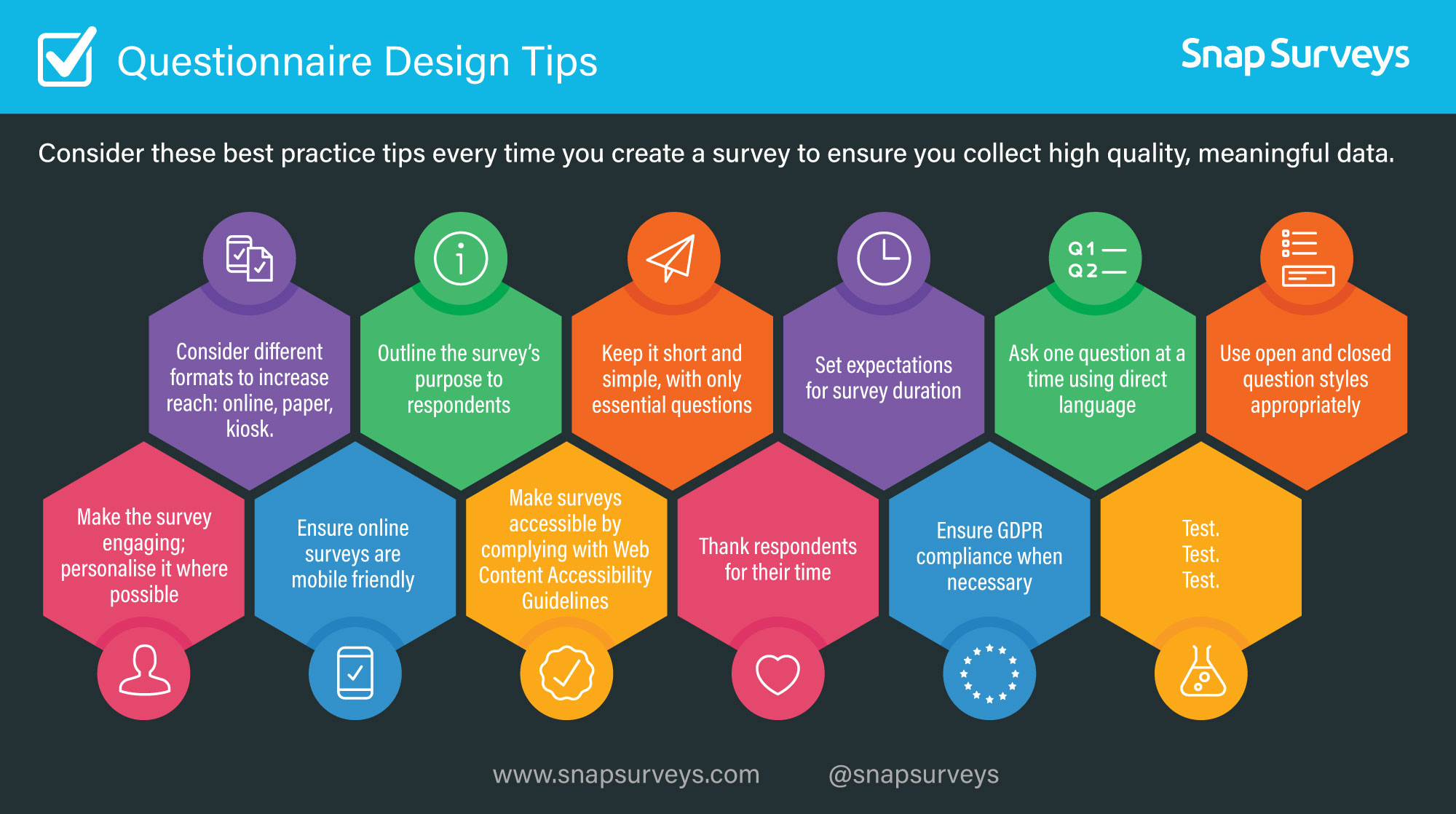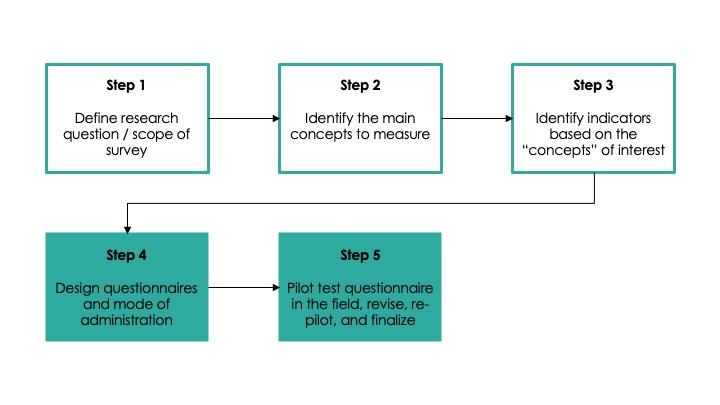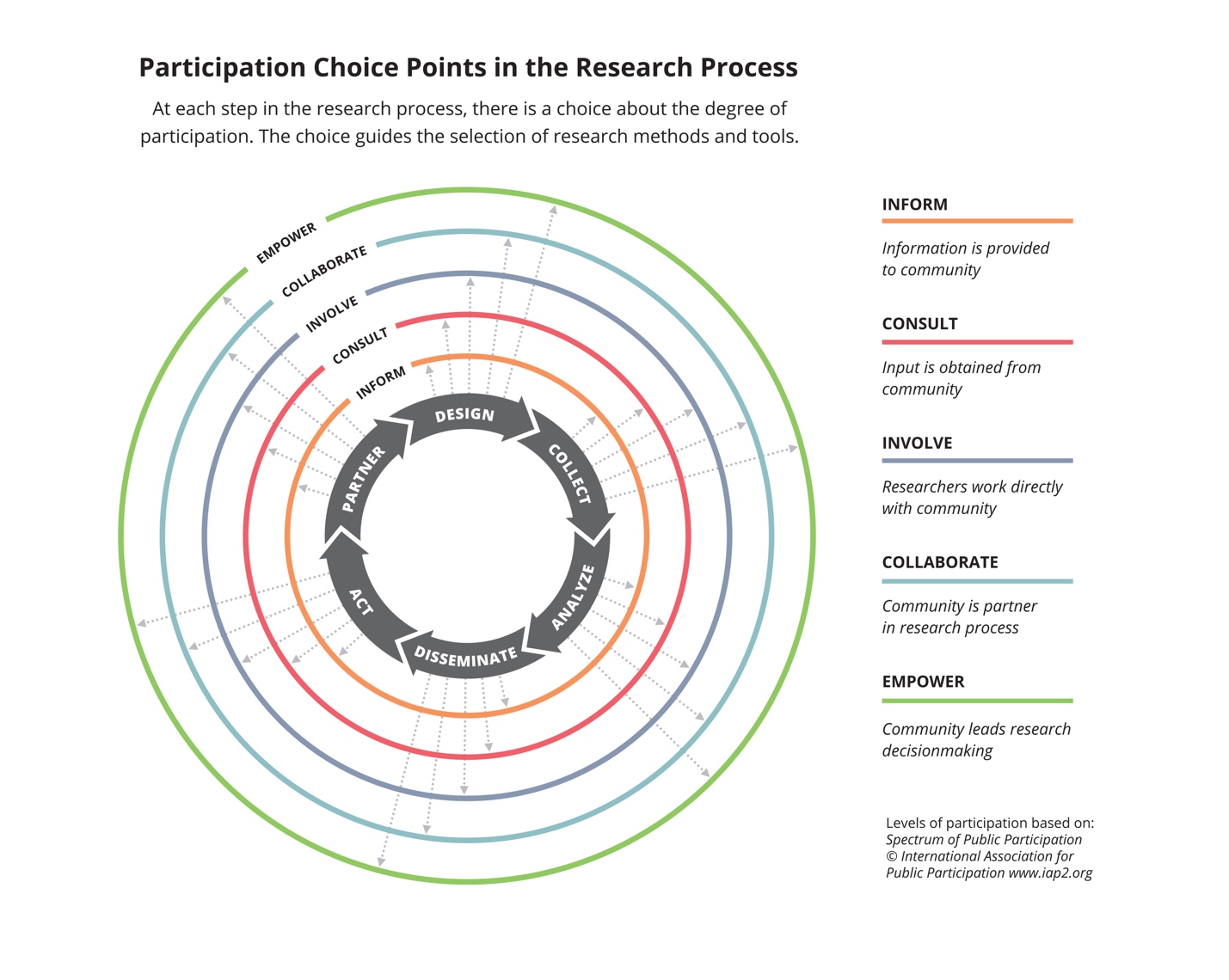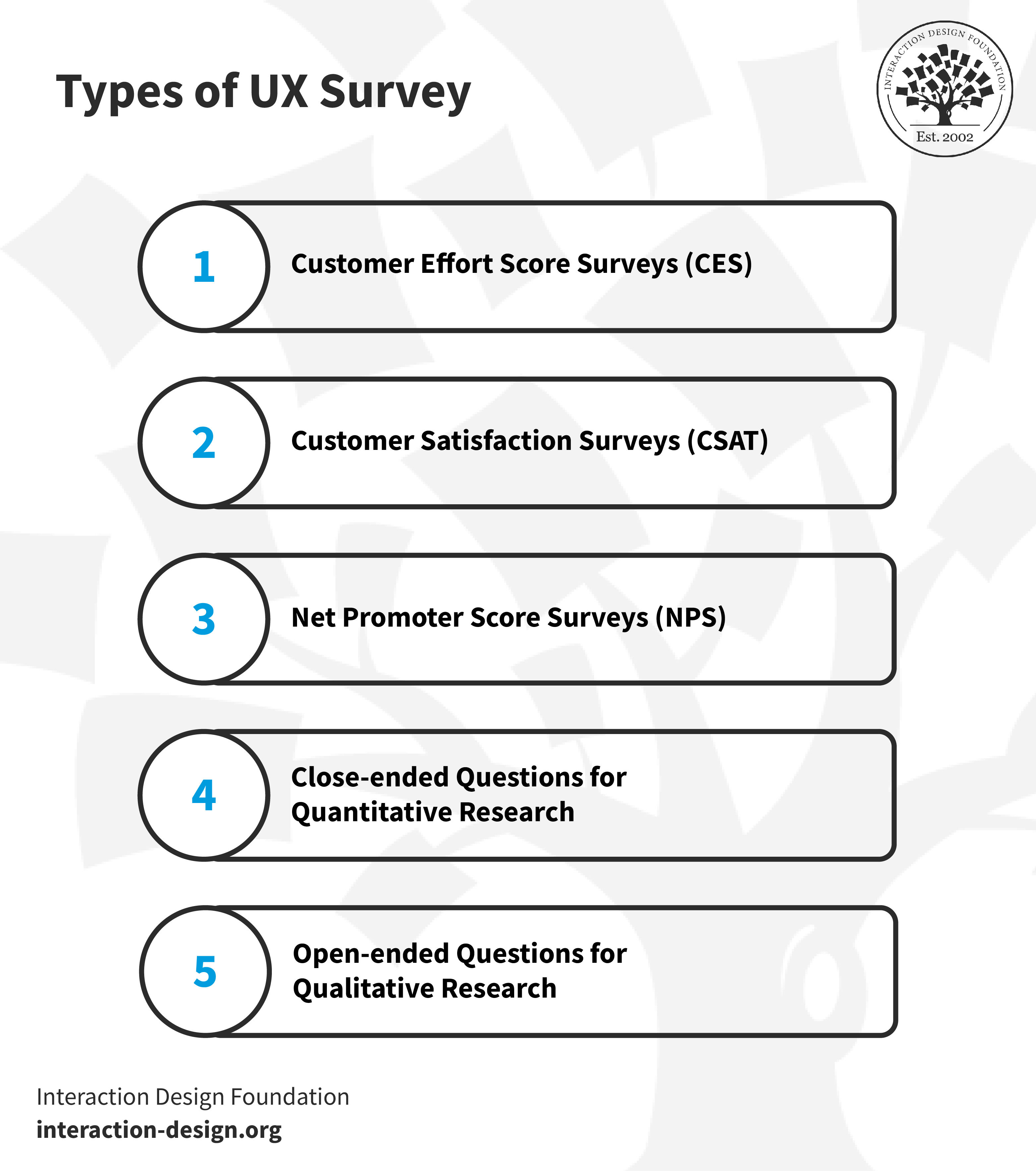Importance of Survey Design

Survey design plays a crucial role in ensuring high participation rates. A well-designed survey captures accurate data and engages respondents, increasing the likelihood of their active involvement. By using interesting techniques and creating a user-friendly experience, survey designers can encourage participants to give thoughtful and honest responses. Additionally, clear objectives and well-structured questions help gather relevant information efficiently. The visual appeal of the survey also contributes to participant engagement. Ultimately, effective survey design leads to more meaningful insights and actionable data for decision-making.
Why Survey Design is Crucial for High Participation

Survey design plays a crucial role in ensuring high participation rates. A well-designed survey captures accurate data and engages respondents, increasing the likelihood of their active involvement. Engaging techniques and intuitive user experience can encourage participants to provide thoughtful and honest responses in surveys. Clear objectives and well-structured questions help gather relevant information efficiently. The visual appeal of the survey also contributes to participant engagement. Ultimately, effective survey design leads to more meaningful insights and actionable data for decision-making.
Key Components of an Engaging Survey Design
An engaging survey design incorporates several key components that encourage participation and yield accurate data. These include clear objectives, well-structured questions, visual appeal, and user-friendly experience. Setting clear goals and crafting specific, measurable objectives for the survey will help participants provide thoughtful responses. Additionally, using strategies to formulate engaging questions and incorporating visual elements into the survey design enhances participant engagement. Ultimately, these components work together to create a positive user experience and increase survey participation rates.
Setting Clear Objectives
Setting clear objectives is crucial for an engaging survey design. By defining specific goals, survey creators can ensure that participants understand the purpose of the survey and provide thoughtful responses. Clear objectives also help in crafting measurable and relevant questions that align with the survey’s goals. When objectives are concise and well-defined, participants are more likely to engage with the survey and provide accurate data. This ultimately leads to higher participation rates and more meaningful insights for analysis.
Defining Survey Goals for Effective Responses
Defining clear survey goals is essential for eliciting effective responses. By clearly outlining the objectives, survey creators can ensure that participants understand the purpose and importance of their input. This clarity helps participants to engage more thoughtfully with the survey, resulting in higher-quality responses. When survey goals are well-defined, it becomes easier to craft relevant and targeted questions that align with those objectives. Ultimately, this leads to more meaningful data that can be used for analysis and decision-making processes.
Crafting Specific and Measurable Survey Objectives
Crafting specific and measurable survey objectives is crucial for ensuring the success of a survey. By clearly defining the goals, survey creators can focus on obtaining the precise information needed to fulfill those objectives. Specific objectives help in formulating targeted questions that are relevant and meaningful to participants. Measurable objectives allow for quantitative analysis of the data collected, enabling researchers to draw actionable insights. Well-crafted objectives also increase participant engagement by conveying the importance and purpose of their responses. This ultimately leads to higher-quality data and more effective decision-making processes.
Question Development
Crafting engaging and concise survey questions is essential for maximizing participant engagement. Using clear and straightforward language makes respondents more likely to understand the questions and provide accurate responses. Keep questions focused and relevant to the survey objectives to maintain participants’ interest and encourage survey completion. Utilizing a variety of question types, such as multiple-choice, rating scales, or open-ended questions, can also enhance participation by offering different ways for participants to express their opinions. Thoughtful question development is key to creating an engaging survey experience that yields valuable data.
Strategies for Formulating Engaging Survey Questions
When formulating engaging survey questions, there are a few key strategies to keep in mind. First and foremost, use clear and straightforward language that participants can easily understand. Keep the questions concise and focused on the survey objectives to maintain participants’ interest. Offer participants a variety of question types, such as multiple-choice, rating scales, and open-ended questions, to allow them more choices in expressing their opinions. These strategies will help ensure that your survey questions are engaging and yield accurate participant responses.
Types of Questions to Maximise Participation

To maximize participation in surveys, it’s essential to use a variety of question types. Multiple-choice questions offer respondents predefined options, making providing quick and accurate responses easier. Rating scale questions allow participants to express their opinions on a scale, providing more nuanced feedback. Open-ended questions encourage respondents to share detailed thoughts and ideas, giving researchers valuable qualitative data. By incorporating these different question types into your survey design, you can efficiently engage participants and gather comprehensive insights.
Visual Appeal and User Experience

Visual appeal and user experience play a crucial role in engaging survey participants. By incorporating visually appealing design elements such as colors, fonts, and graphics, surveys can capture attention and create a positive user experience. Additionally, ensuring that the survey is easy to navigate with clear instructions and logical flow enhances participation rates. A well-designed survey looks professional and makes respondents feel valued and motivated to provide thoughtful responses. Overall, prioritizing visual appeal and user experience can significantly boost survey engagement levels.
Importance of Design Elements in Survey Engagement
Design elements are pivotal in engaging survey participants and ensuring their active participation. By incorporating visually appealing colors, fonts, and graphics, surveys capture attention and create a positive user experience. Additionally, clear instructions and logical flow make the survey easy to navigate, enhancing participation rates. A well-designed survey looks professional and makes respondents feel valued and motivated to provide thoughtful responses. Prioritizing visual appeal and user experience significantly boosts survey engagement levels, leading to more accurate and meaningful data collection.
Enhancing User Experience for Higher Participation Rates

A crucial aspect of survey design is creating a positive user experience to increase participation rates. This can be achieved by incorporating visually appealing design elements like colors, fonts, and graphics. Clear instructions and logical flow make the survey easy to navigate, ensuring respondents stay engaged. By prioritizing visual appeal and user-friendly design, surveys look professional and make participants feel valued and motivated to provide thoughtful responses. An improved user experience ultimately leads to higher participation rates and more accurate data collection.
Incentives and Rewards

Incentives and rewards play a crucial role in boosting survey participation rates. By offering incentives, such as gift cards, discounts, or entries into prize drawings, respondents are motivated to complete the survey. It is important to choose rewards that align with the target audience’s interests and preferences. Additionally, the incentives should be clearly communicated at the start of the survey to create excitement and anticipation. These rewards encourage participation and show appreciation for participants’ time and effort.
Utilizing Incentives to Boost Survey Participation

Incentives are an effective technique for increasing survey participation rates. By offering rewards such as gift cards, discounts, or entries into prize drawings, respondents are motivated to complete the survey. It is important to choose incentives that align with the interests and preferences of the target audience. Clearly communicating the incentives at the start of the survey creates excitement and anticipation. These rewards encourage participation and show appreciation for participants’ time and effort.
Choosing the Right Rewards for Your Survey Participants

When it comes to choosing rewards for survey participants, it’s important to consider what will truly engage and motivate them. The key is to select incentives that align with their interests and preferences. Gift cards, discounts, or entries into prize drawings are popular options. Additionally, personalized rewards based on individual responses can make the experience even more enticing. By carefully selecting the right rewards, you can increase participation rates and show appreciation for your respondents’ time and effort.
Data Analysis and Actionable Insights

Effective data analysis is crucial for deriving actionable insights from survey responses. By using various analytical techniques, such as statistical analysis or data visualization tools, researchers can uncover patterns and trends within the collected data. This allows for a deeper understanding of the results and facilitates the identification of key takeaways. Once these insights are obtained, they can be used to drive meaningful action points and inform decision-making processes. Properly analyzing survey data ensures that the information gathered is valuable and actionable in addressing research objectives.
Effective Techniques for Analyzing Survey Data
Effective techniques for analyzing survey data involve using various analytical tools and methods to uncover patterns and trends. Statistical analysis can help identify relationships between variables, while data visualization tools can visually represent the findings. By analyzing the data effectively, researchers can gain actionable insights and make informed decisions. It’s important to present survey results clearly and engagingly so that the gathered information is valuable for research goals.
Leveraging Insights to Drive Meaningful Action Points
Leveraging insights from survey data is crucial for driving meaningful action points. By analyzing the data effectively, researchers can identify patterns and trends that can inform decision-making. They can use statistical analysis to uncover relationships between variables and visualize the findings using data visualization tools. These actionable insights provide valuable information for addressing research objectives and making informed decisions. Clear and concise presentation of survey results helps stakeholders understand and engage with the information, leading to effective action implementation.




